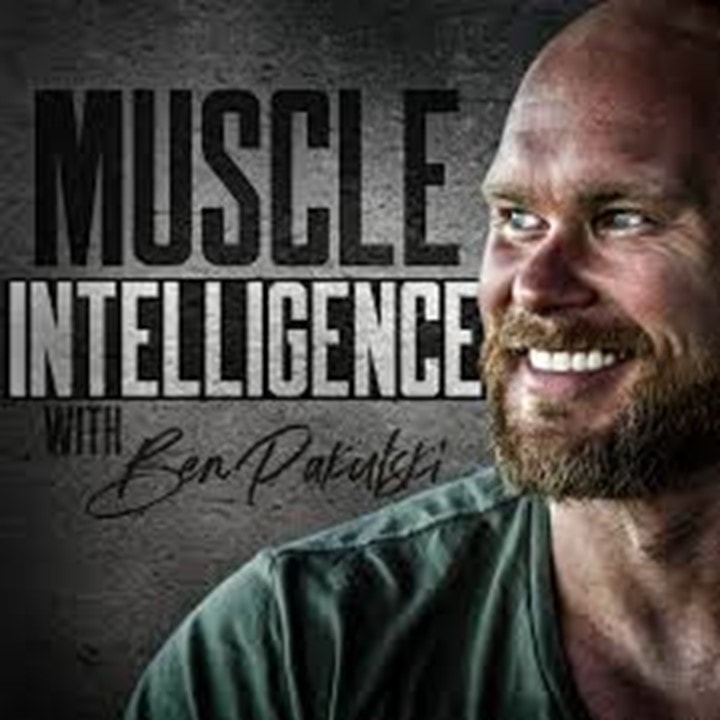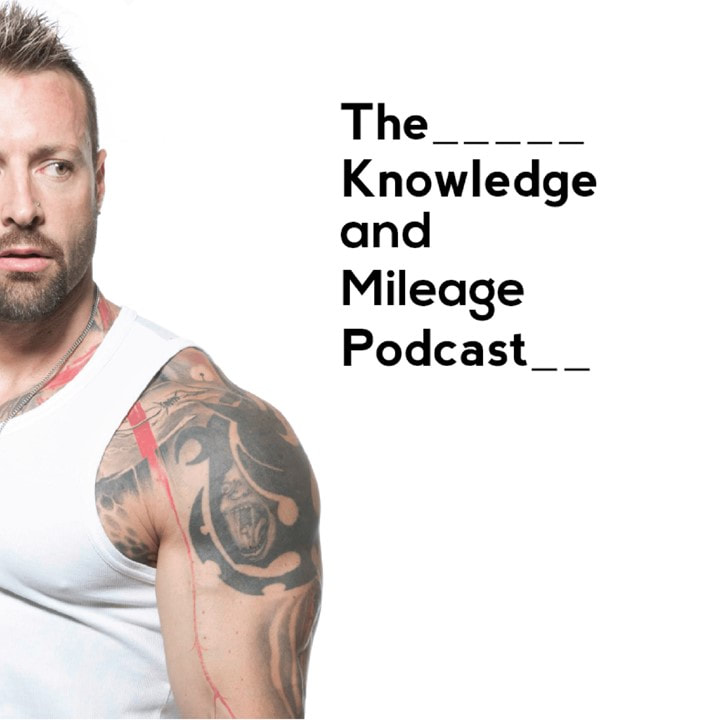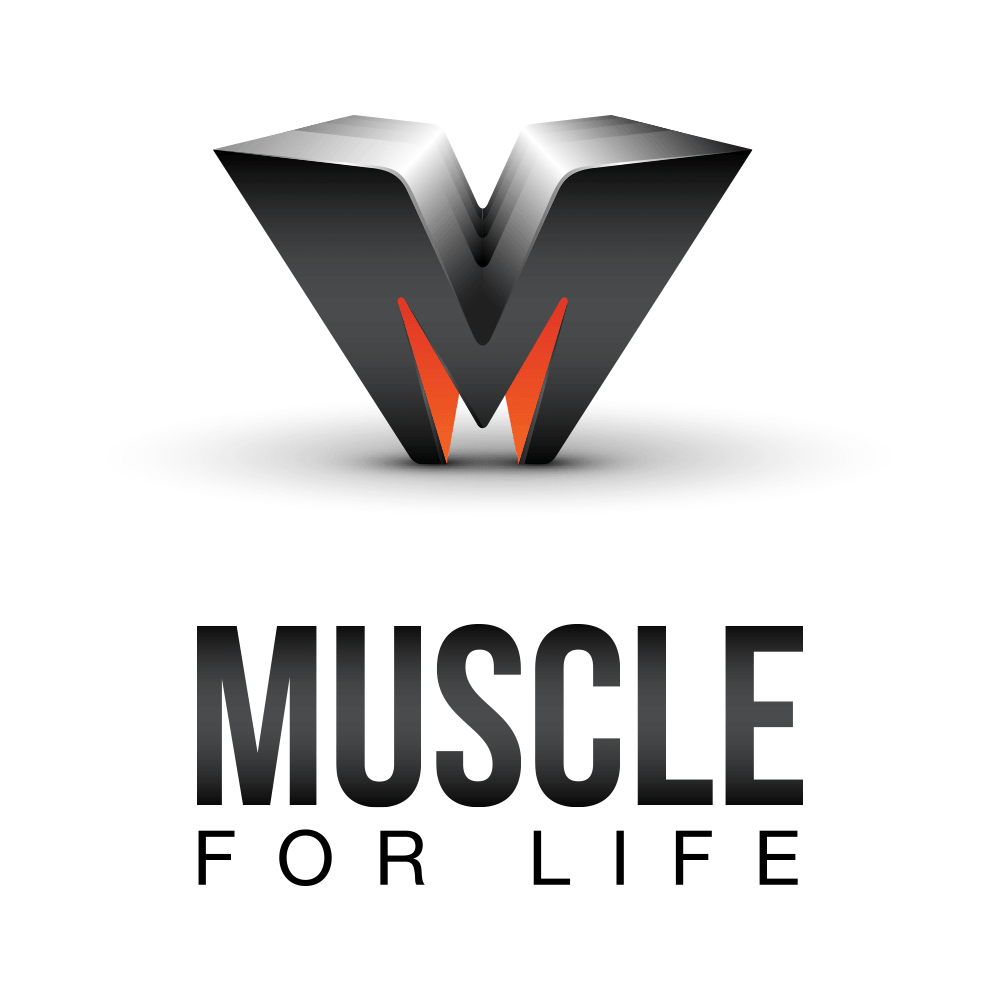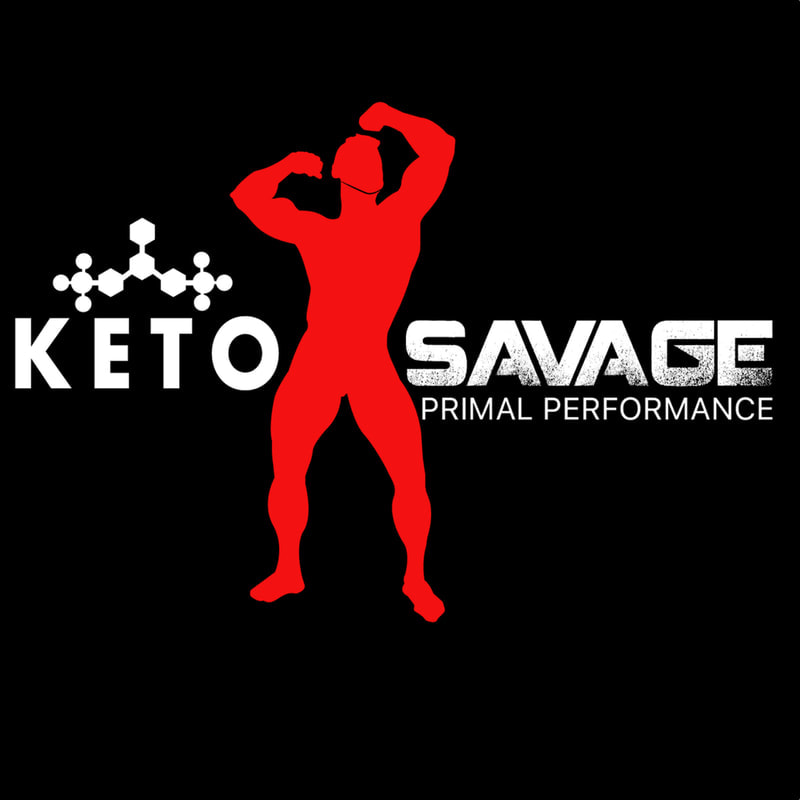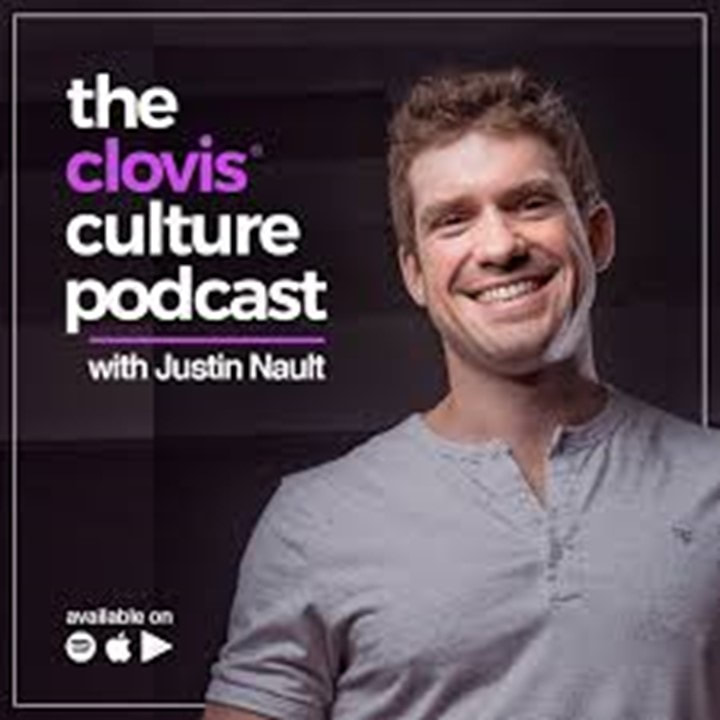DNA with DRJ
With permission, Dr. Jay has recorded several actual DNA Consults! You can listen to these and get a feel for how a real-life DNA Consult might go. Episodes are found on YouTube and are DNA consults with people from all backgrounds. Click the link below to listen:
YouTube episodes (linked above) titled "DNA with DRJ" mainly focus on "lay" people and their DNA and health customization.
On occasion, a famous podcast host will also request Dr. Jay analyze their own DNA on-air and on their own podcasts. This gives additional insight into the power of "knowing yourself" and it further illustrates why you should have your DNA analyzed because you will better know your own health strengths and weak points.
On occasion, a famous podcast host will also request Dr. Jay analyze their own DNA on-air and on their own podcasts. This gives additional insight into the power of "knowing yourself" and it further illustrates why you should have your DNA analyzed because you will better know your own health strengths and weak points.
|
This "Entrepreneurs in Cars" live stream discussion is the most popular DNA consult Dr. Jay has done. It begins with a discussion about artificial estrogens and then goes into Rich Cooper's DNA report.
|
|
This deep 2-hour podcast episode is where Dr. Jay analyzed professional bodybuilder Ben Pakulski's DNA and it was also released as a full video on YouTube.
|
|
Kris Gethin, once the chief editor for BodyBuilding.com and now host of the Knowledge and Mileage Podcast, has his DNA analyzed by Dr. Jay in-person at his studio in Boise, Idaho.
|
|
This podcast episode was recorded by Dr. Jay with professional MLB pitching trainer Brent Pourciau.
|
|
This podcast episode with Hollywood movie-star trainer Vinnie Tortorich is behind a paywall but you can hear the mp3 audio here.
|
|
This podcast episode on Muscle for Life is where Dr. Jay analyzed giant bestselling fitness author Mike Matthews DNA. It's also on YouTube but only as audio.
|
|
This podcast episode is a fun DNA Analysis, done at hunting camp with health experts and hunters Danny Vega and Robert Sikes. It's also on YouTube in full video glory.
|
|
In this podcast, Dr. Jay analyzes the DNA of musician and entrepreneur Justin Nault from Nashville, Tennessee.
|


